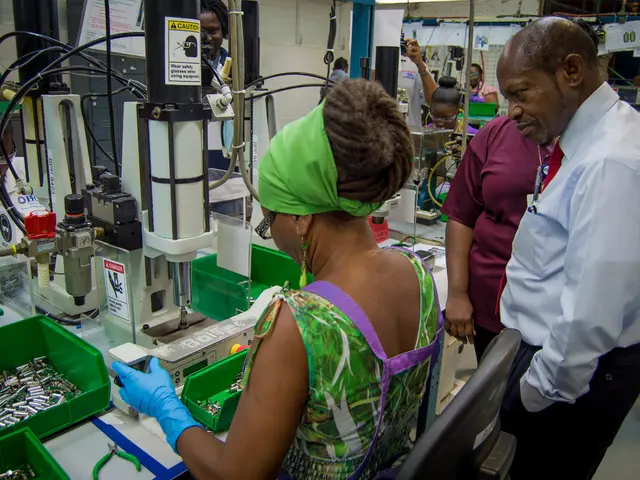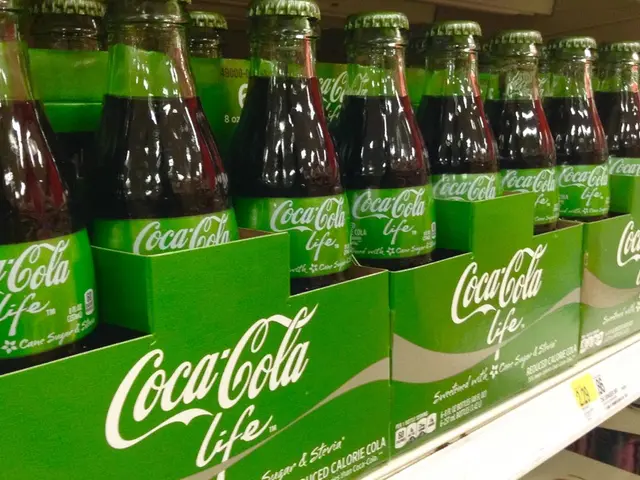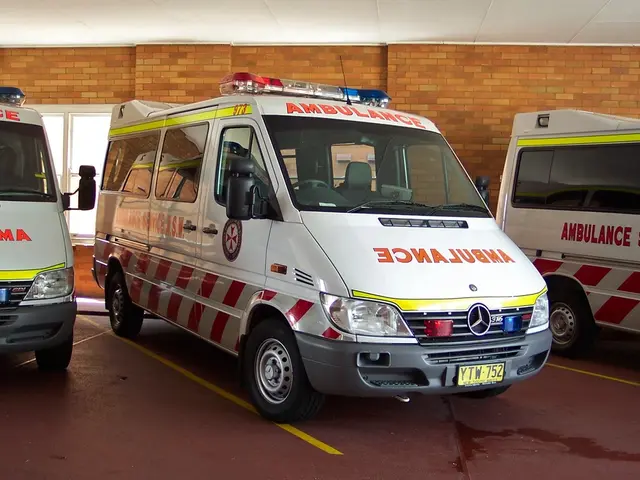The Impact of Digital Surveillance on the Success or Failure of Slip and Fall Lawsuits
In the contemporary era of widespread recording, digital surveillance plays an increasingly formidable role in personal injury lawsuits, particularly those related to slip-and-fall incidents. From store security cameras to doorbell cams and smartphones, video footage is often a decisive piece of evidence in such cases.
While digital surveillance can bolster claims, it carries the potential to also undermine them. Navigating slip-and-fall injury litigation necessitates understanding how to effectively leverage this type of evidence. Let's delve into the complexities of digital surveillance and its impact on the success of a claim.
A Slip and Fall Claim: The Basics
A slip and fall claim is a personal injury case in which a person sustains injuries due to hazardous conditions on someone else's property. Common causes of these incidents include damp floors, icy walkways, inadequate lighting, uneven terrain, and absent warnings. To secure a victory, the injured party must typically prove that the property owner or manager was negligent, meaning they were aware of, or should have been aware of, the dangerous condition and either failed to rectify it or failed to provide a warning.
The Emerging Significance of Digital Surveillance
Historically, slip and fall cases relied upon witness testimonies, written reports, and post-incident photographs. While these forms of evidence remain crucial, surveillance footage now holds significant weight in corroborating or contesting crucial claim elements. With cameras ubiquitous in retail settings, parking lots, offices, and even personal dwellings, this evidence is highly valued by insurance adjusters and courts due to its seemingly objective narrative.
However, the objectivity of the footage hinges upon its interpretation, the footage's scope, and what it fails to capture.
Digital Surveillance: An Ally or Adversary?
Advantages for Your Claim:
- Authenticating the Incident: One of the primary obstacles in any personal injury case is proving that the event transpired as claimed. Surveillance footage offers a timestamped record of the fall and its surrounding context, thus dispelling doubts about the occurrence and its timing.
- Identifying Hazardous Conditions: The footage might illustrate the precise cause of the fall, such as a spilled drink, worn carpet, or icy walkway. This evidence could be instrumental in demonstrating a dangerous condition's presence and its owner's failure to remedy it.
- Supporting Your Account: If your account aligns with the footage, the consistency can fortify your credibility. Surveillance may also corroborate the absence of warnings, confirm cautious walking, or reveal numerous slip-and-falls in the same area shortly before or after the event.
- Endorsing Witness Testimonies: Accumulated evidence strengthens a case. If witnesses state that a puddle of water caused the fall, and the footage concurs, their statements gain substantial weight in court.
Disadvantages for Your Claim:
- Questionable Behavior: Footage can potentially weaken your credibility if it indicates reckless behavior. For instance, if you claim to have been walking carefully but the video shows you to be texting or not focusing, it might suggest that your actions contributed to the accident. Defense attorneys could leverage this information to assign fault to you.
- Lack of Visible Hazard: The absence of an apparent hazard on camera can cast doubt upon the property owner's negligence or their ability to anticipate a danger so minute it went unnoticed.
- Fragmentary or Incomplete Footage: Sometimes, the footage provides only a partial account, such as the aftermath of a fall as opposed to the fall itself. Gaps in video coverage or abrupt cuts can raise suspicion and may enable the defense to claim that the missing parts would indicate your involvement in the accident.
- Suggesting Quick Recovery: If you appear to walk away from the scene unaided or seemingly unscathed, insurers might argue that your injuries were overstated or insignificant, though many injuries manifest hours or days after the incident. Such footage can still sow doubt.
Legal and Ethical Factors
Accessing the Footage: Most businesses and institutions retain surveillance footage for limited periods; if you delay your request, the video may be erased or overwritten. Therefore, prompt action is critical in securing any available footage.
Rights to Access: In many jurisdictions, you do not have automatic access to footage from private cameras unless the camera was on publicly accessible property. In cities such as Chicago, where sophisticated security systems are prevalent, collaborating with competent Chicago Slip and Fall Attorneys can ensure crucial video evidence is duly obtained and conserved. This is especially important when dealing with entities resistant to sharing incriminating evidence.
Utilization of Personal Footage: If you or a witness recorded the incident on a smartphone, the footage is generally admissible in court. However, it's essential to consult with a legal expert before submitting this evidence to insurers, as doing so may permit scrutiny that you might not foresee.
Maximizing the Value of Surveillance Footage
- Time is of the Essence: The sooner you alert the property owner of the incident and seek video, the better your chances of acquiring it.
- Preserve Your Recordings: If you or someone aided you in capturing the fall or conditions on video, secure multiple copies of the footage immediately, without editing or tampering.
- Consult with a Lawyer: A legal professional can help assess how the footage impacts your claim and whether it bolsters or weakens it.
- Honesty is Key: Avoid concealing or misrepresenting what the footage depicts. If there are vulnerabilities, your attorney can assist in addressing them systematically.
- Document the Scene: In addition to pursuing video evidence, photograph the area if feasible. These images complement surveillance footage or fill gaps in coverage.
The Conclusion
Digital surveillance can be a valuable asset in a slip-and-fall case, yet it also carries practical and ethical challenges. While such footage offers objective, seemingly bias-free evidence, it necessitates careful interpretation and context. If you've endured a slip-and-fall injury, acting promptly to secure surveillance footage could seal the fate of your case. If you reside in the western suburbs, the expertise and strategic insight of qualified Naperville Slip and Fall Lawyers can help you navigate your claim successfully. With intelligent utilization of digital surveillance, it can serve as a formidable ally rather than an adversary in your pursuit of justice.
- In the realm of health-and-wellness, digital surveillance may significantly aid slip-and-fall injury victims by corroborating elements crucial to their claims, such as the occurrence of the fall, the presence of hazardous conditions, and the victim's account of the incident.
- Conversely, science and technology, through digital surveillance, pose potential threats to slip-and-fall claims when they indicate questionable behavior on the part of the victim or offer fragmentary or incomplete footage, which can be manipulated by defense attorneys to cast doubt on the victim's claims or assign fault to them.








